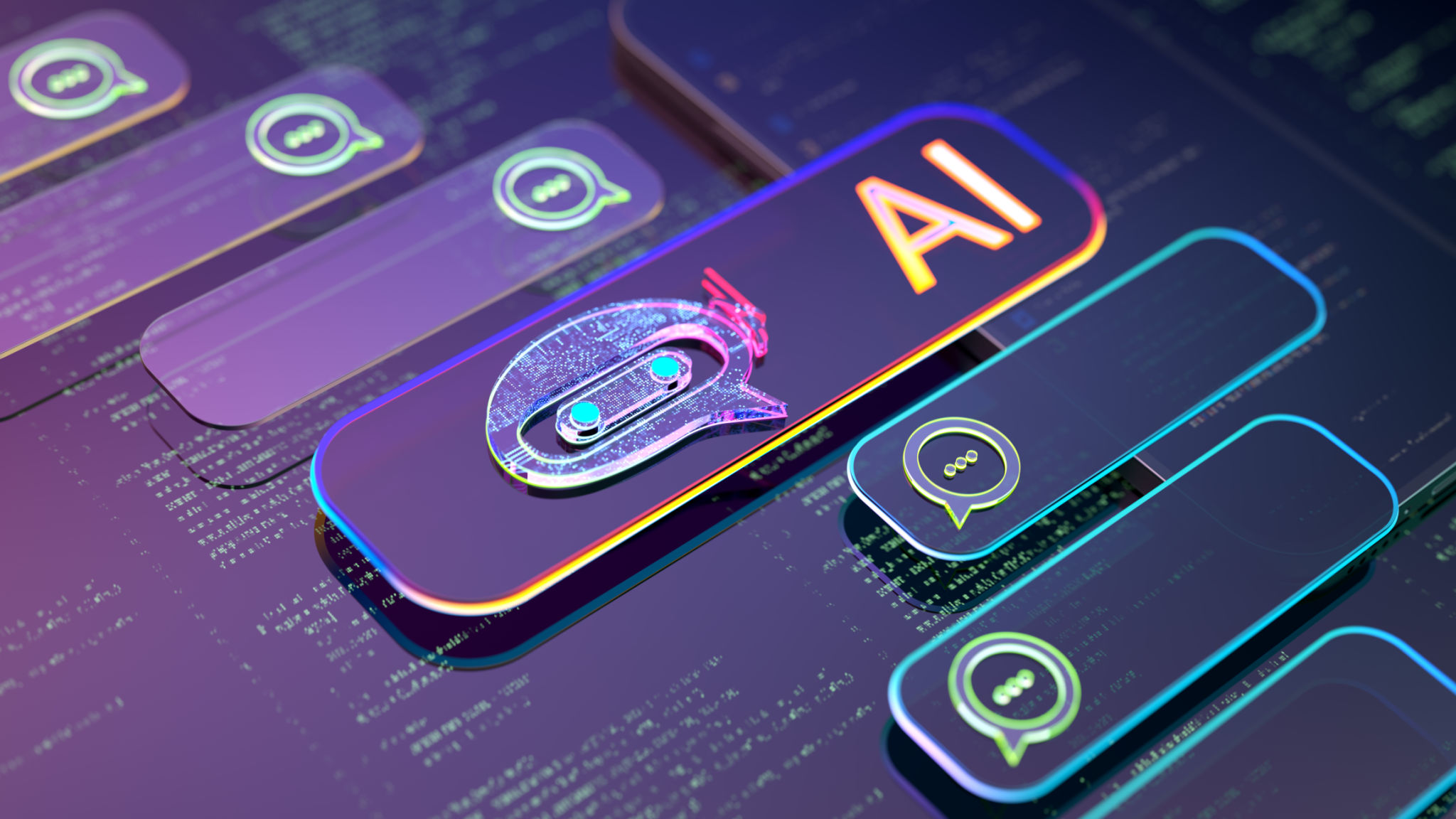Demystifying AI: Common Misconceptions and Realities
Artificial Intelligence (AI) has become a buzzword in recent years, often surrounded by both excitement and confusion. While the potential of AI is vast, so are the misconceptions associated with it. This post aims to demystify AI by shedding light on some common misunderstandings and the realities of this transformative technology.
Misconception: AI Is a New Phenomenon
Many people believe that AI is a modern invention, but its roots actually trace back to the mid-20th century. The concept of machines simulating human intelligence was proposed as early as the 1950s. However, it is the recent advancements in computational power and data availability that have accelerated AI development and integration into everyday life.
Despite its historical roots, the perception of AI as a new phenomenon often leads to unrealistic expectations and fears about its capabilities. Understanding its history helps clarify that AI has been evolving over decades, refining its processes and applications.

Misconception: AI Can Think Like Humans
A prevalent myth is that AI can think and reason like humans. In reality, AI functions based on algorithms and data processing, lacking true cognitive abilities. AI systems excel at specific tasks, such as pattern recognition or language processing, but they do not possess consciousness or emotions.
This distinction is crucial because it emphasizes that AI tools are designed to augment human capabilities rather than replace human thought. Their strength lies in performing repetitive tasks efficiently, freeing up humans for more complex, creative endeavors.
Understanding Narrow vs. General AI
Another important aspect is differentiating between narrow AI and general AI. Narrow AI refers to systems designed for specific tasks, such as virtual assistants or facial recognition software. These systems are commonly used today.
In contrast, general AI remains theoretical, aiming to perform any intellectual task that a human can. While it captures the imagination, general AI is still a concept rather than a reality due to significant technological and ethical challenges.

Misconception: AI Will Replace All Jobs
Fears about AI-driven job displacement are widespread, but the reality is more nuanced. While some jobs may be automated, AI also creates new opportunities in areas like AI development, data analysis, and maintenance of automated systems. The key is adaptation and upskilling workers to thrive in an evolving job market.
Industries that embrace AI often see an increase in efficiency and productivity. This shift can lead to more strategic roles for humans, emphasizing creativity, problem-solving, and interpersonal skills that machines cannot replicate.
The Role of Human Collaboration
Human collaboration with AI should not be underestimated. The synergy between human intuition and machine accuracy can lead to breakthroughs in various sectors, from healthcare to finance. By working together, humans and AI can achieve outcomes neither could accomplish alone.

Misconception: AI Is Infallible
Another common misconception is that AI systems are flawless. In reality, they are only as good as the data and algorithms they are based on. Biases in data or errors in programming can lead to incorrect outputs or unfair treatment in decision-making processes.
Therefore, it is essential to maintain a critical eye on AI development and implementation. Ensuring transparency and accountability in AI systems is vital to trust and effectiveness. Continuous monitoring and improvement are required to align AI outputs with ethical standards.
In conclusion, understanding the realities of AI helps dispel myths and fosters informed discussions about its role in society. By demystifying AI, we can focus on harnessing its potential responsibly and ethically, ensuring it serves as a tool for positive transformation.
